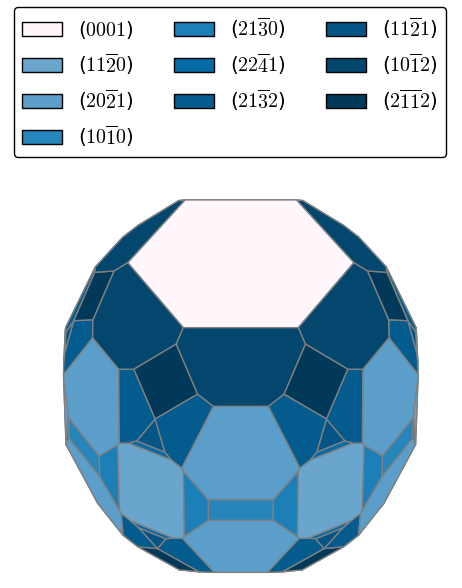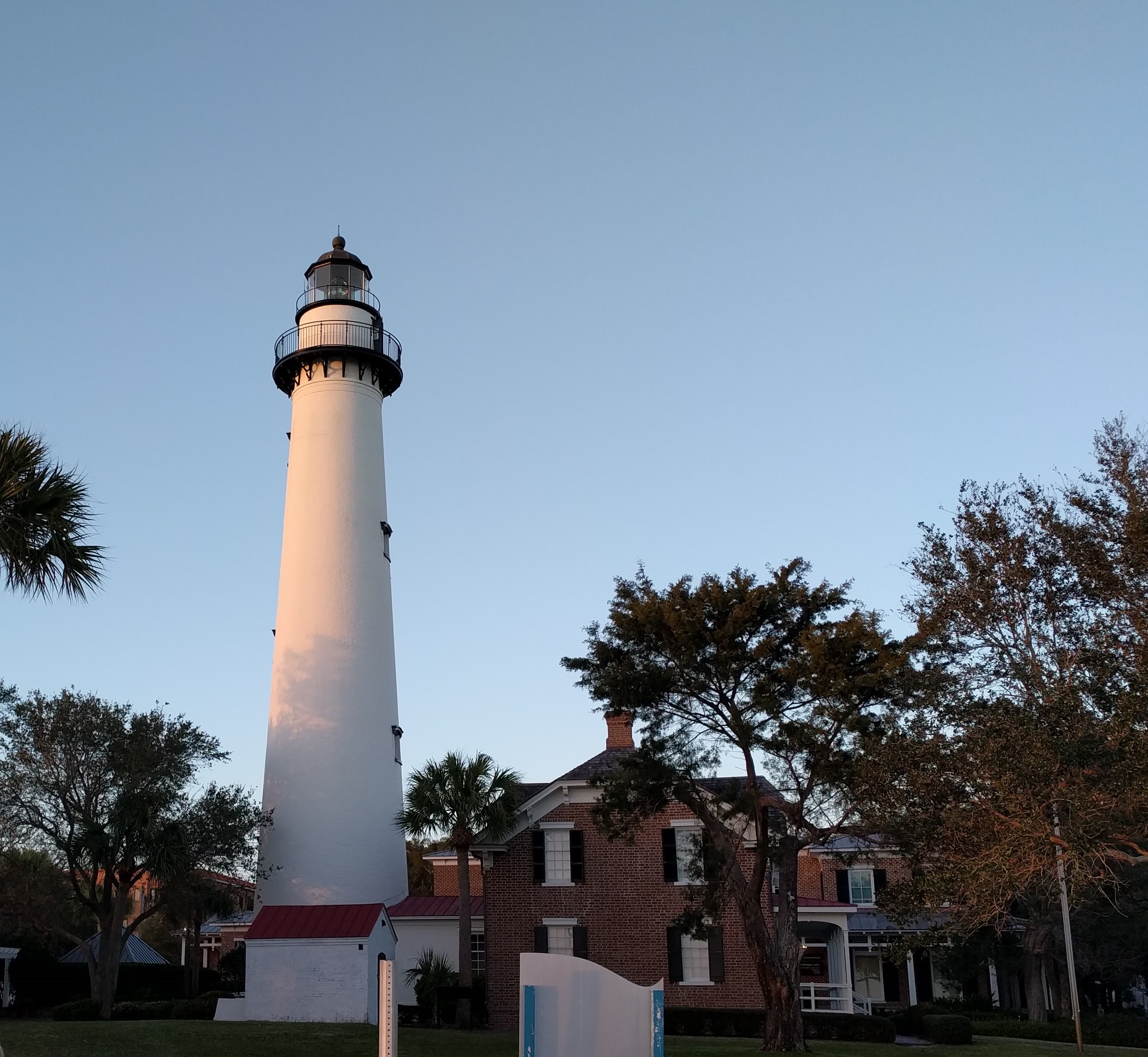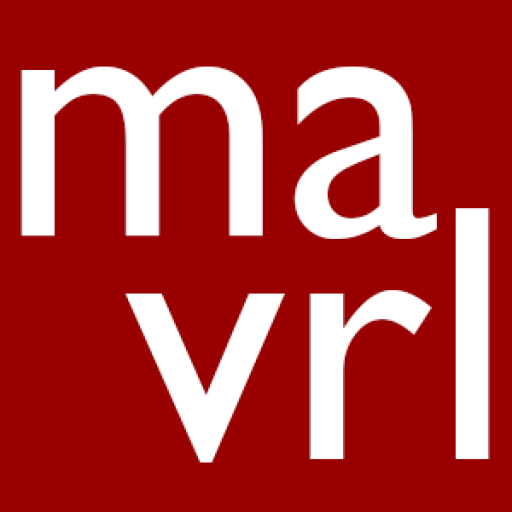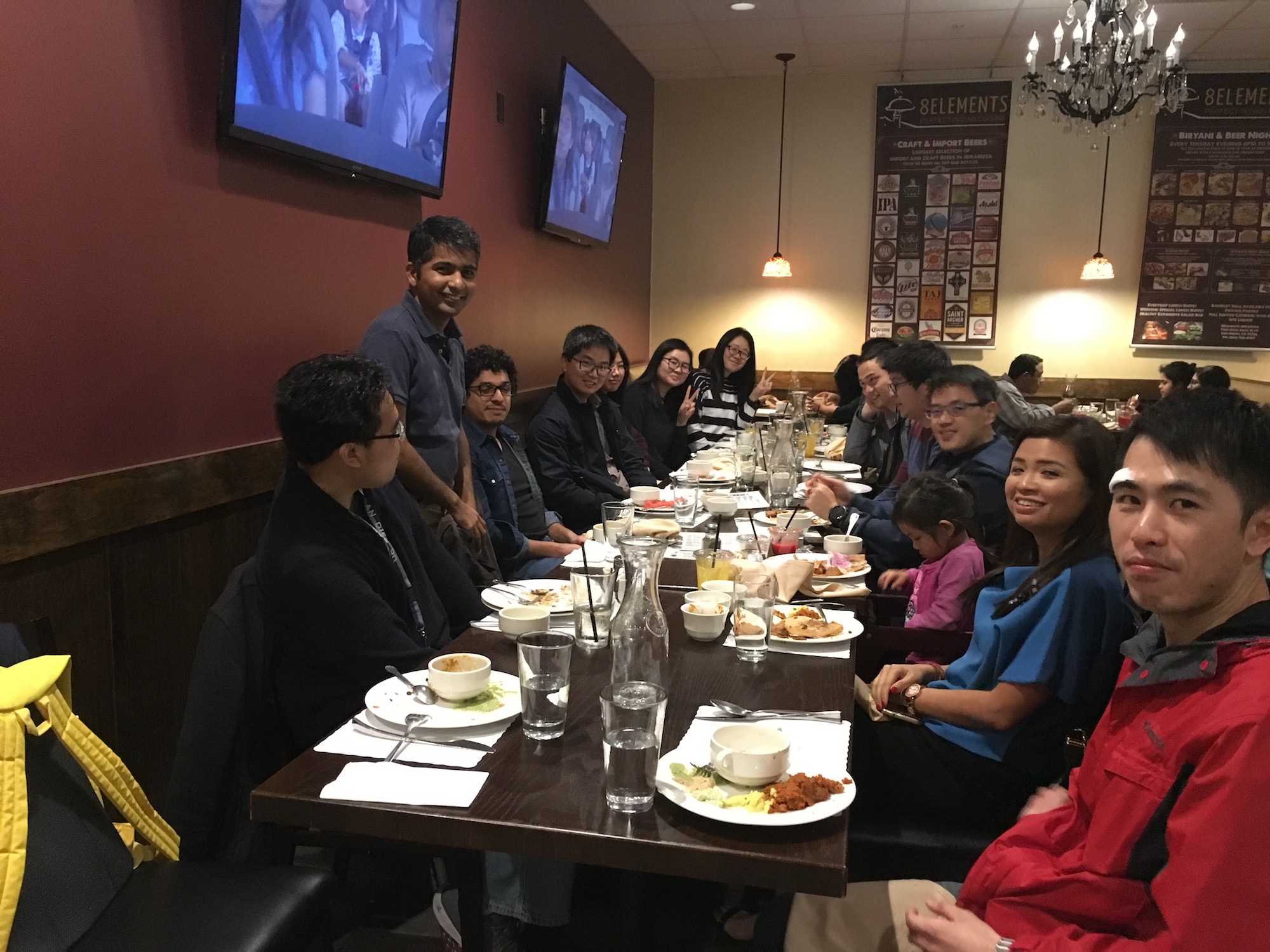Effect of transition metal mixing in Layered P2 Oxides
Our work on “Effects of Transition-Metal Mixing on Na Ordering and Kinetics in Layered P2 Oxides” has just been published in Physical Review Applied. In this work by Chen Zheng and other co-authors, we systematically investigate the effects of transition-metal (TM) mixing on Na ordering and kinetics in the NaxCo1−yMnyO2 model system using DFT calculations. We show that the TM composition at the Na(1) (face-sharing) site has a strong influence on the Na site energies, which in turn impacts the kinetics of Na diffusion towards the end of the charge. By employing a site-percolation model, we establish theoretical upper and lower bounds for TM concentrations based on their effect on Na(1) site energies, providing a framework to rationally tune mixed-TM compositions for optimal Na diffusion.







